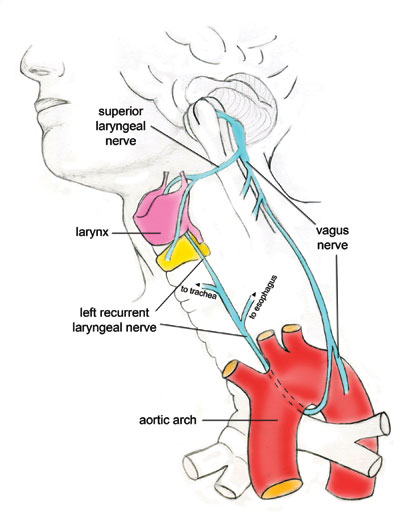Doctors generally accept that the damage from a traumatic brain injury is irreparable after a person spends 12 months in a vegetative state. New research has just turned this idea on its head.
Neuropsychologists in France have restored a minimal level of consciousness in a man with profound brain injuries who has been in a vegetative state for more than a decade. Their findings, published Monday in Current Biology, unlock a potential path for bringing consciousness back to thousands of patients previously thought beyond help.
“We choose a patient who was in a vegetative state [for] 15 years, showing no sign of change since his car accident,” neuroscientist and study co-author Dr. Angela Sirigu said in an email. Little else is publicly known about the 35-year-old man, as the researchers have chosen not to share his identity and his family has declined to speak on his behalf.
Brain activity returned to the patient due to the researchers’ use of a technique called vagus nerve stimulation (VNS), which they had hoped could rehabilitate his consciousness.
The vagus nerve connects “most of the key organs — heart and lungs included — to the brain stem,” Samuel K. Moore wrote in IEEE Spectrum. “It’s like a back door built into the human physiology, allowing you to hack the body’s systems.” Since the 1990s, stimulating the vagus nerve with an electrical current from a pacemaker-like device has been explored, with mixed results, as a treatment for neurological issues such as epilepsy, migraines and depression.


